Platanisteia
It is famous for the Hambis Printmaking Museum, the first of its kind in Cyprus
Platanisteia is a village in the Limassol district 40 kilometres west of Limassol.
On the south it borders Pissouri, on the west with Alektora and Archimandrita, on the north with Anogyra and on the east with Agios Thomas and Avdimou.
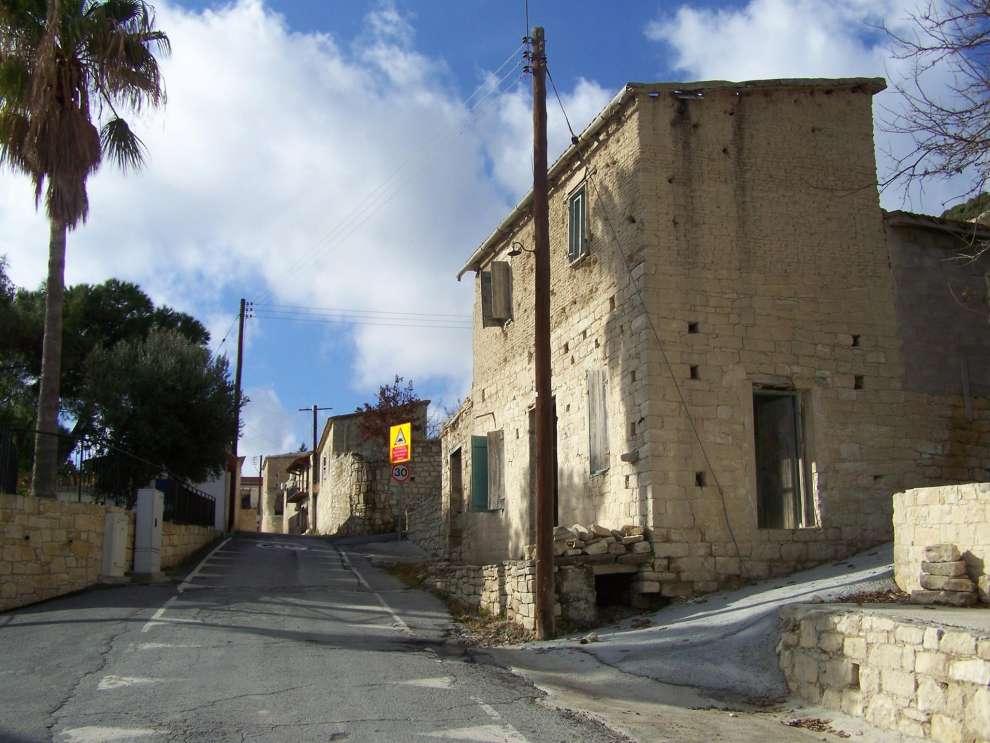 Photo: Panayiotis Panayiotou Arsiotis
Photo: Panayiotis Panayiotou Arsiotis
Crops:
In the village of Platanisteia, carobs trees have been cultivated since ancient times. It is worth noting that the carob has again become a marketable product.
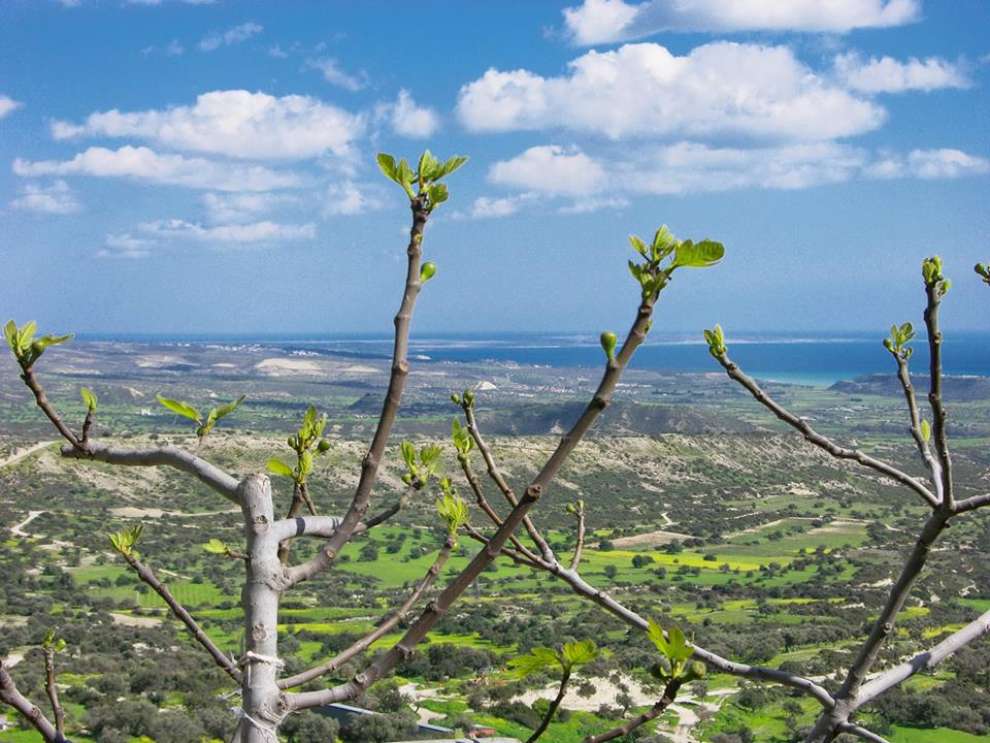 Photo: Savvas Nicolaides
Photo: Savvas Nicolaides
Population:
Before 1975, the population of the village consisted of Turkish Cypriots. Following the Turkish invasion of 1974 and the exchange of populations in 1975, its Turkish Cypriot residents moved to the northern part of the island. Few Greek Cypriot refugees settled in Platanisteia.
More specifically in 1881 it had 184 inhabitants, in 1891 it increased to 191, in 1901 it rose again to 231 and in 1911 to 280. In 1946 it increased to 330 and to 462 in 1973. From then on, the population of Platanisteia declined steadily to reach 81 inhabitants in 1976, 63 in 1982 and 35 in 1992. In 2001 they increased to 43 and in 2011 there were 45 inhabitants.
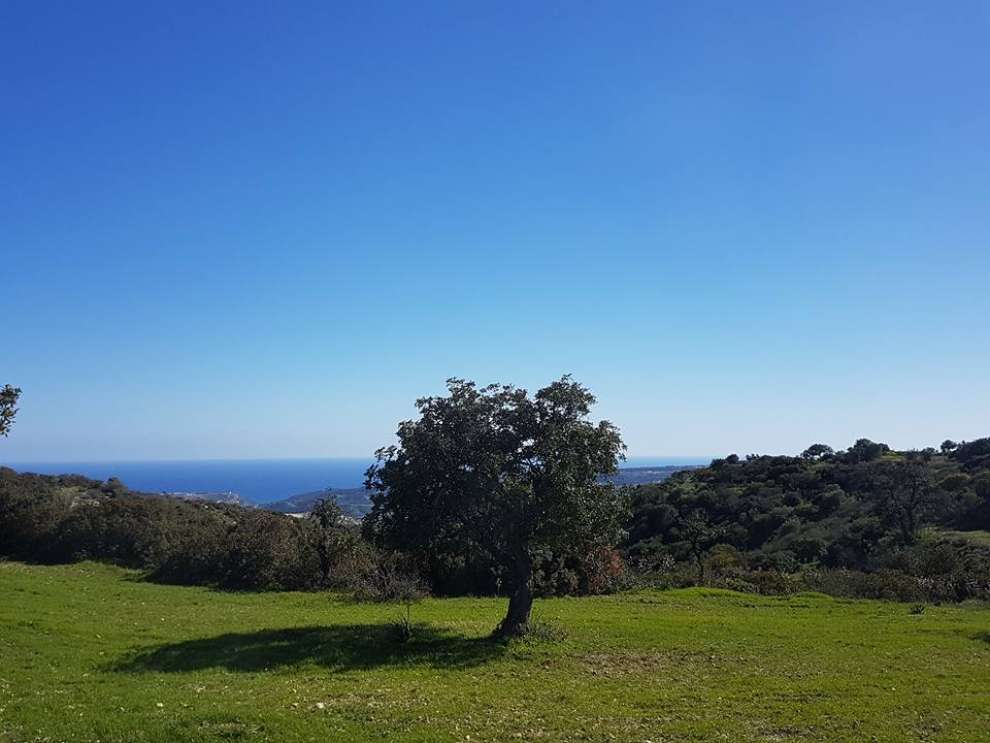 Photo: Maria Georgiou
Photo: Maria Georgiou
Sights and Churches:
Arriving at the village of Platanisteia you will see beautiful houses, restored, built with stone but also many abandoned and ruined houses that when looking at them, they create ambiguous emotions.
At the top of a hill you will find the old school which has been converted into a church dedicated to St. George.
In the centre of the small square of the village, the most important to be seen and known for is the Hambis Printmaking Museum, which is the first of its kind in Cyprus.
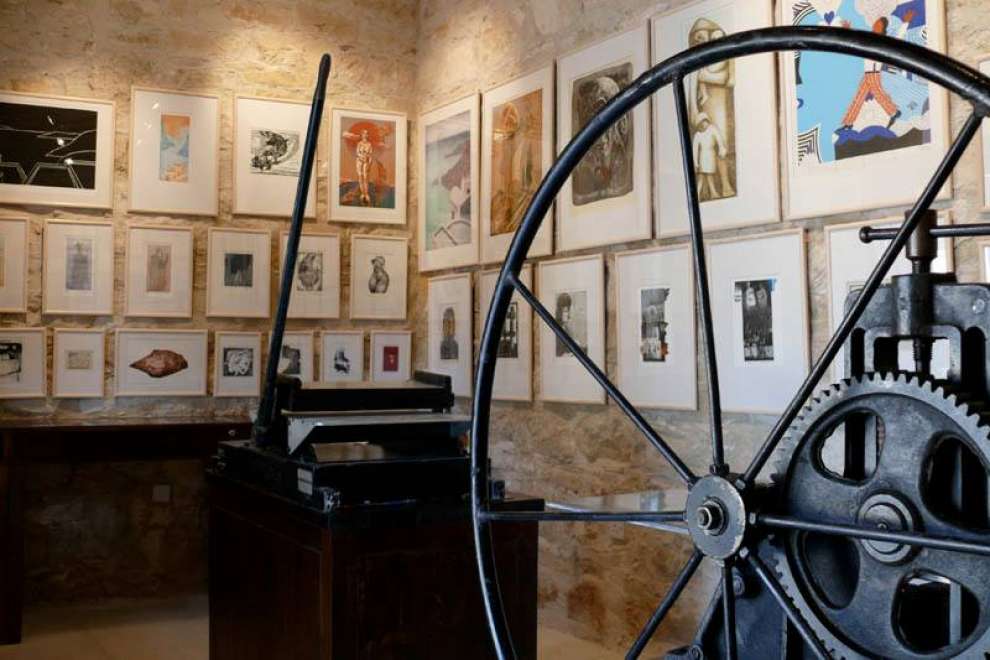 Photo: Σχολή Μουσείο Χαρακτικής Χαμπή και Φίλοι
Photo: Σχολή Μουσείο Χαρακτικής Χαμπή και Φίλοι
At the Museum visitors can get acquainted with the history of print making, its techniques and materials and they can view the exhibited works that exceed 150 prints, from the 16th century until today. Among them, engravings from Japan, China, France, Russia, Switzerland, Serbia, Australia, Germany, England, Italy, Greece, Turkey and Cyprus.
It is worth noting that at one part of the Museum there are displays of more than 70 print works by Greek Cypriot, Turkish Cypriot, Greek and Turkish artists.
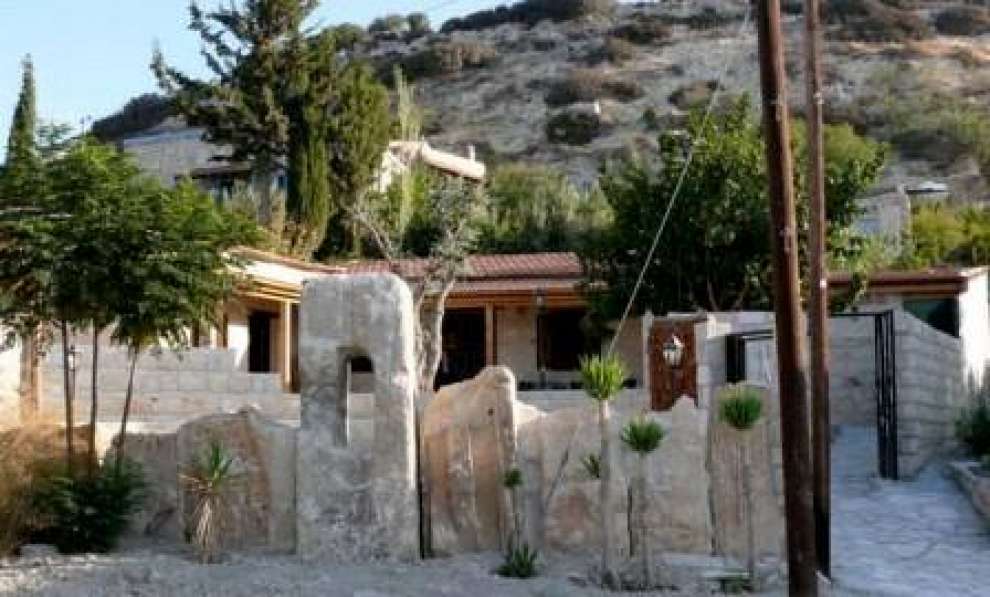 Photo: Andreas Maras
Photo: Andreas Maras
For the map of the area click HERE

 English
English
 Ελληνικά
Ελληνικά Русский
Русский



























